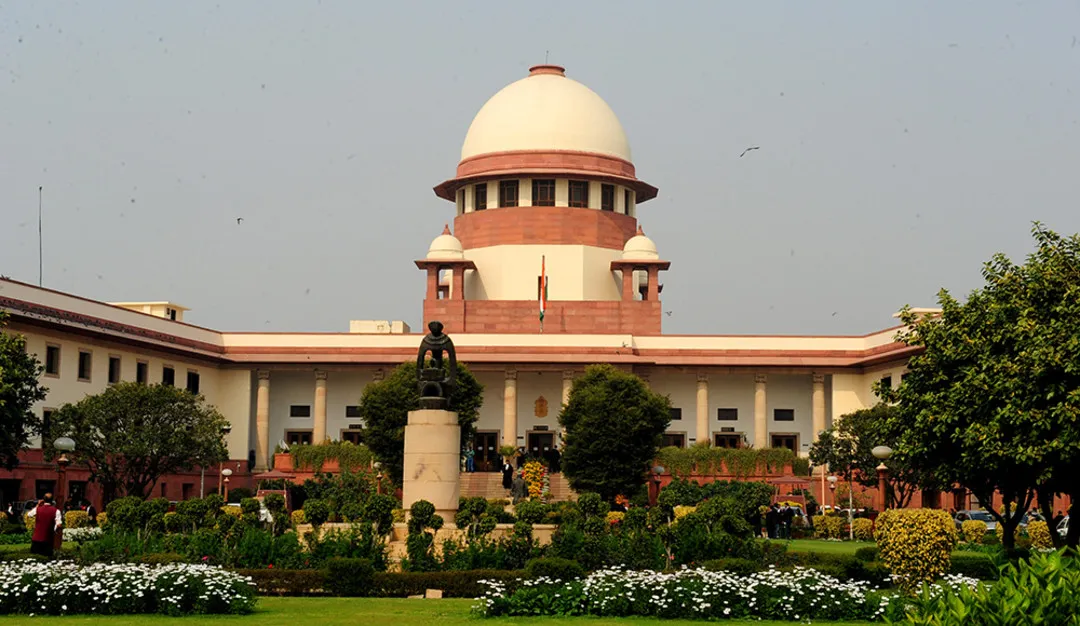In the present day and age, IPR assumes a basic part in working with the exchange and economy of each country while guaranteeing that elusive properties, for example, imaginative works, brand names and developments are not taken advantage of by unapproved parties. Especially, in a digitalized world like our own, thoughts and advancements are helpless to double-dealing. Protected innovation frameworks guarantee that such thoughts and developments are not copied or taken. In addition, Intellectual Property additionally impacts the business development of a business. First and foremost, securing your IP (like brand names, developments, and proprietary innovations) may add to the uniqueness and peculiarity of a specific brand. Therefore, a business can utilize these IPs to acquire establishment arrangements from different organizations. Getting establishment arrangements may ultimately add to the business development of an organization. Besides, Intellectual Property frameworks can be utilized to get benefits. For example, protecting of developments might prompt boosting the makers which frames a steady stream of pay. This surge of pay can likewise be put resources into additional innovative work, along these lines supporting the degree for development.
Then again, rivalry law sets down guidelines and laws concerning the market contest to control against cutthroat practices that organizations might participate in. Against serious practices might incorporate ruthless estimating (forcing over the top costs on items or administrations that the purchaser has restricted decision other than to buy it), value fixing (a plot between contenders to set comparable costs for items or administrations) and bid fixing (choice of champs of an agreement ahead of time). The beginning of contest law can be followed back to the Roman Empire in 50 B.C wherein rivalry laws were forced to ensure the grain business and to restrict the blockage of supply ships.
LOOKING INTO THE RELATION & CO-EXISTENCE AMONG IP AND COMPETITION LAW
While both IP and contest law work with comparative objectives, the point of interaction among IP and competition law likewise represents a few issues. For one’s purposes, when IP laws are authorized upon non-separating highlights of a brand, for example, licenses, proprietary innovations, or different parts of a business that doesn’t add to the uniqueness of a business, eliteness follows. This basically implies that, implementing IP laws on such elements would give eliteness or restraining infrastructure over them. Commonly, the standards and approaches of rivalry law contradicts the unduly augmentation and burden of IP laws on every one of the aspects of a business. Simultaneously, deficient IP implementation can likewise represent a few issues in business conditions. For example, wasteful IP implementation may adversely affect seriousness among organizations. At the point when the perspectives that add to the peculiarity of a business are not secured with the assistance of IP laws, duplication and impersonation of the equivalent might follow. The impersonation and duplication of the different particular viewpoints that are connected to a business will bring about insufficient rivalry between organizations which innately conflicts with the standards of contest law. In this manner, a derivation can be drawn that there is a need to draw a harmony among IP and contest law for the two its standards to coincide. IP is favourable to cutthroat. Henceforth, IP implementation that would adjust the interests of the two contenders just as designers and makers will work with sufficient rivalry in business conditions.
INDIAN SITUATION REGARDING COMPETITION AND IPR LAWS
Segment 3 of the Indian rivalry act clarifies that no endeavour or relationship of ventures or individual or relationship of people can go into any concurrence regarding the creation, supply, appropriation, stockpiling, procurement or control of products or arrangement of administrations that are probably going to cause an unfriendly impact on contest inside India. In India, the contention between IP laws and rivalry laws can be noted through segment 3(5) and area 4 of the Act. Segment 3(5) of the Act manages a sweeping exemption on IPR which suggests that IP approaches and contest laws don’t slow down one another. Be that as it may, area 4 of the Act clarifies upon the maltreatment of prevailing position which is interlinked to IP privileges.
The rapid development of commercial environments have resulted in establishing a relationship between competition law and Intellectual Property Rights. As discussed earlier, IPR regulates the exclusive rights that a business or an individual may have over intangible assets pertaining to a business such as trademarks, innovations, trade secrets and creative works. Competition law, on the other hand, regulates acquisitions and mergers and safeguards commercial environments from anti-competitive practices. Moreover, IP is pro-competitive. This means that IP systems would help consumers make conscious choices with respect to the goods and services among competing brands that are available in the market. IP ensures that each brand is distinctive in nature and without IP enforcement, brands would attempt to copy each other’s business models and other aspects. In sum, it can be said that IP ensures that there exists competition in commercial environments.
Facilitating competition in commercial environments is also one of the main roles of competition law. Hence, it can be said that IP and competition law may cumulatively ensure competition among brands in business environments.























